Starships are nothing but mammals.
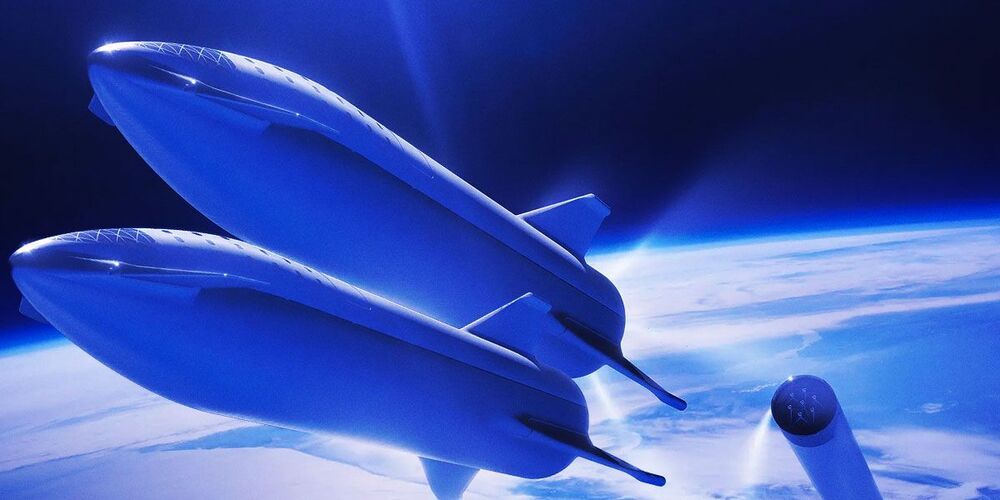

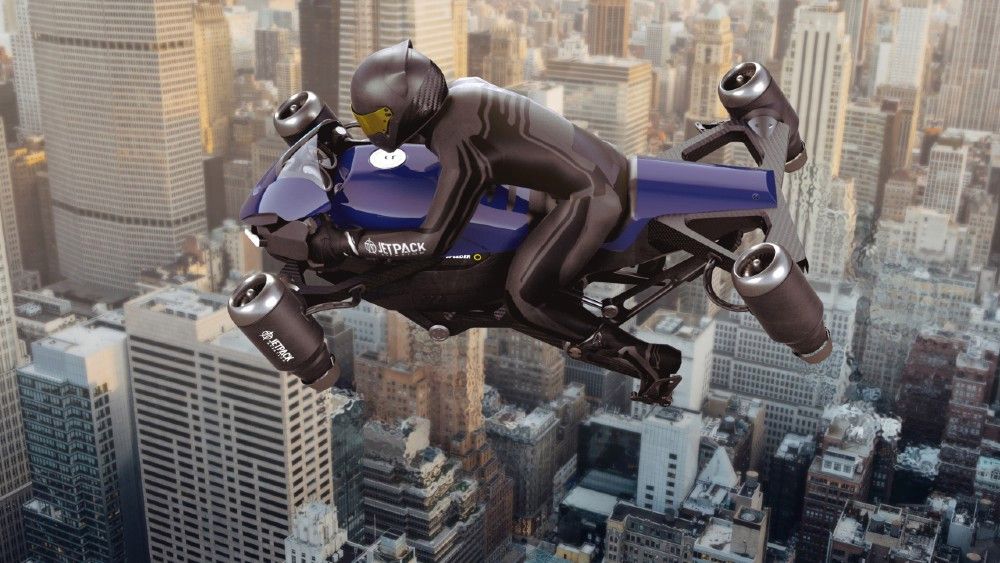
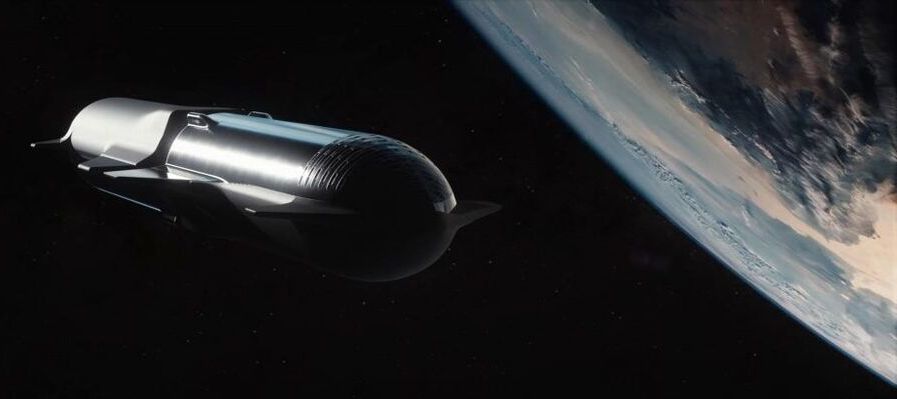
After a much-anticipated GAO denial of Blue Origin and Dynetics protests over NASA’s decision to solely award SpaceX a contract to turn Starship into a crewed Moon lander, an in-depth (but heavily redacted) document explaining that decision was released on August 10th.
Aside from ruthlessly tearing both companies’ protests limb from limb, the US Government Accountability Office’s decision also offered a surprising amount of insight into SpaceX’s HLS Starship proposal. One of those details in particular seemed to strike an irrational nerve in the online spaceflight community. Specifically, in its decision, GAO happened to reveal that SpaceX had proposed a mission profile that would require as many as 16 launches to fully fuel a Starship Lander and stage the spacecraft in an unusual lunar orbit.
After around 24 hours of chaos, confusion, and misplaced panic, SpaceX CEO Elon Musk finally weighed in on the GAO document’s moderately surprising indication that each Starship Moon landing would require sixteen SpaceX launches.
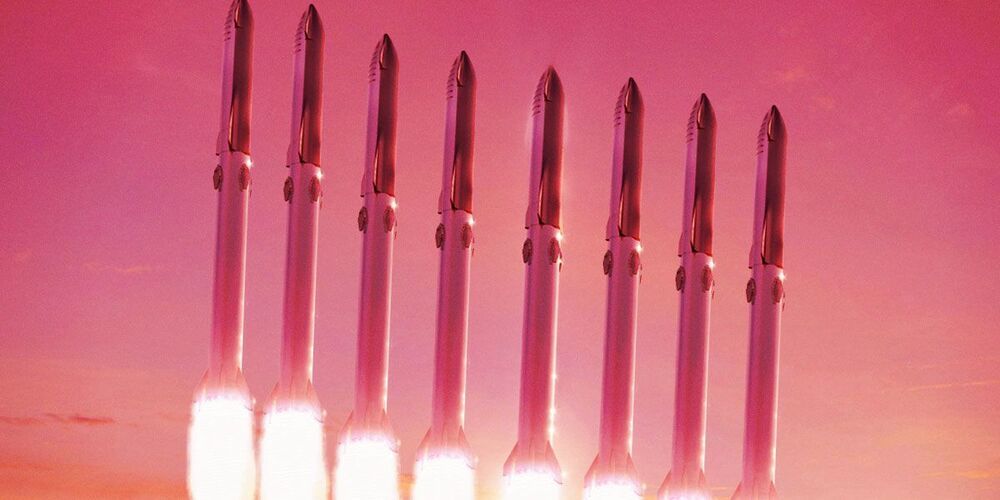

Learn More.
World Economic Forum.
Would you like to live on Mars for a year?
Learn more about what it’s like living in space.
Being forced into isolation and confinement creates a number of potentially stressful demands. However, we might be able to learn a thing or two about coping with these demands, from people who choose a life in such settings.
Despite the glorified image of being an astronaut, isolation and confinement remains a challenge for the star sailors that live above us. Demands associated with isolation and confinement are known as a red risk for long duration human spaceflight, which means they have the highest “likelihood of occurrence and the severity of their impact on human health, performance in mission, and long term quality of life”.
Astronauts know that by choosing to fly in space, they are going to have to live, work and play under isolated and confined conditions. Clearly, being a well trained astronaut flying in space is different to being thrust into another pandemic related lockdown. Yet instead of trivialising what we are going through, we can look to astronauts’ experiences for tips to improve our own situation.
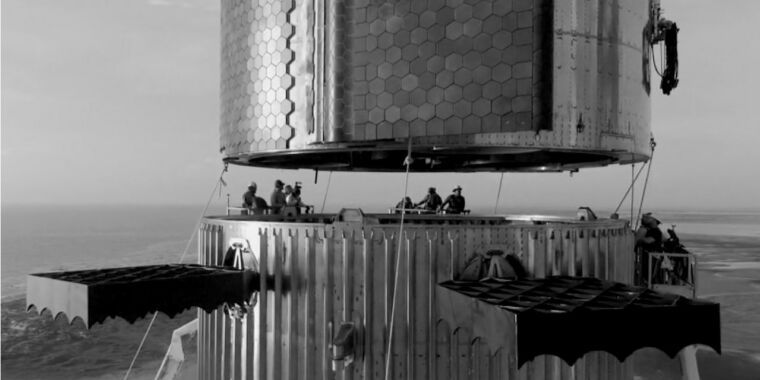
And ArsTechnica seems to be totally missing the point as “delaying” Starship for SOUND AND PRACTICAL SAFETY AND ENVIRONMENTAL QUESTIONS is not ‘delaying’ progress and one needs to simply ask why SpaceX “engineers” can’t up their game enough to actually answer or address those legitimate questions? The answer is rather simple, they probably CAN but the person “in charge” has no with to, incentive to, or will to do so because he sees anyone that questions him as ‘unreasonable opposition’ rather than legitimate concern. Starship could crash and burn on the orbital flight and it would not make a difference at all to the ‘world’ in general. We can and have recovered from worse numerous times while advancing technology and transportation. The FACT that Musk, (and his many rapid fans) somehow “assume” that he and only he can ‘advance’ space access are very much proof that this is not about engineering, ability or purpose but strictly about ego.
To the FAA, Musk seemed to be saying, federal regulators must do their part to ensure the future arrives on schedule. Just as the 20th-century skyscrapers marked the beginning of a new era and eventually launched America into a prosperous future of finance, communication, marketing, and more, the 21st century now beckons.
The skyscraper age will soon give way to the space age.
Holding back Starship means holding back this progress, Musk wanted regulators to understand. For no longer does our vision stop in the clouds—it extends far, far beyond them. During the last five decades, humans have begun to explore the Solar System. Now it is time to extend commerce there and settle humans on new worlds. Some people oppose this vision, of course, but Musk is counting on government ultimately being on the side of industry and progress.
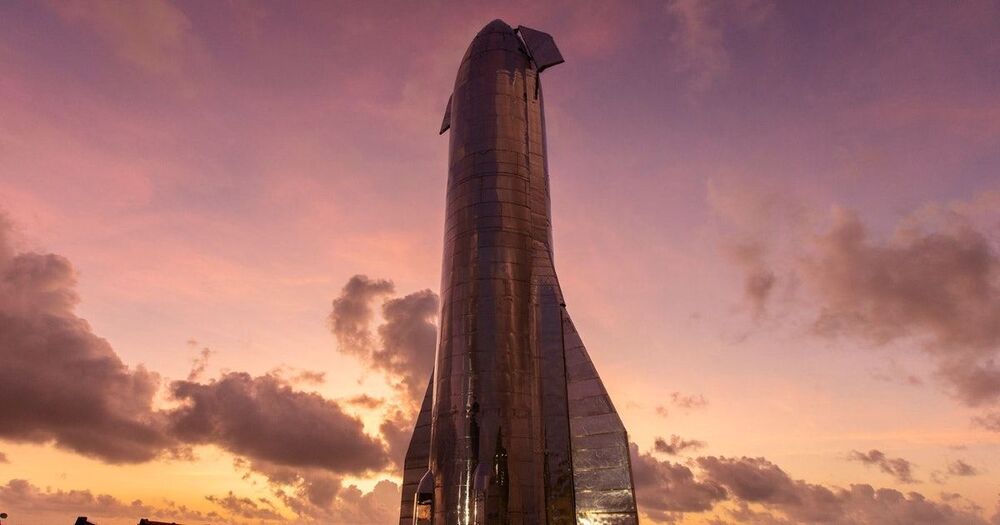
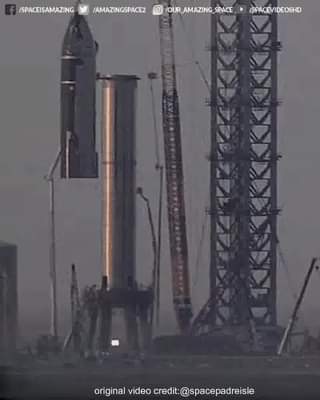
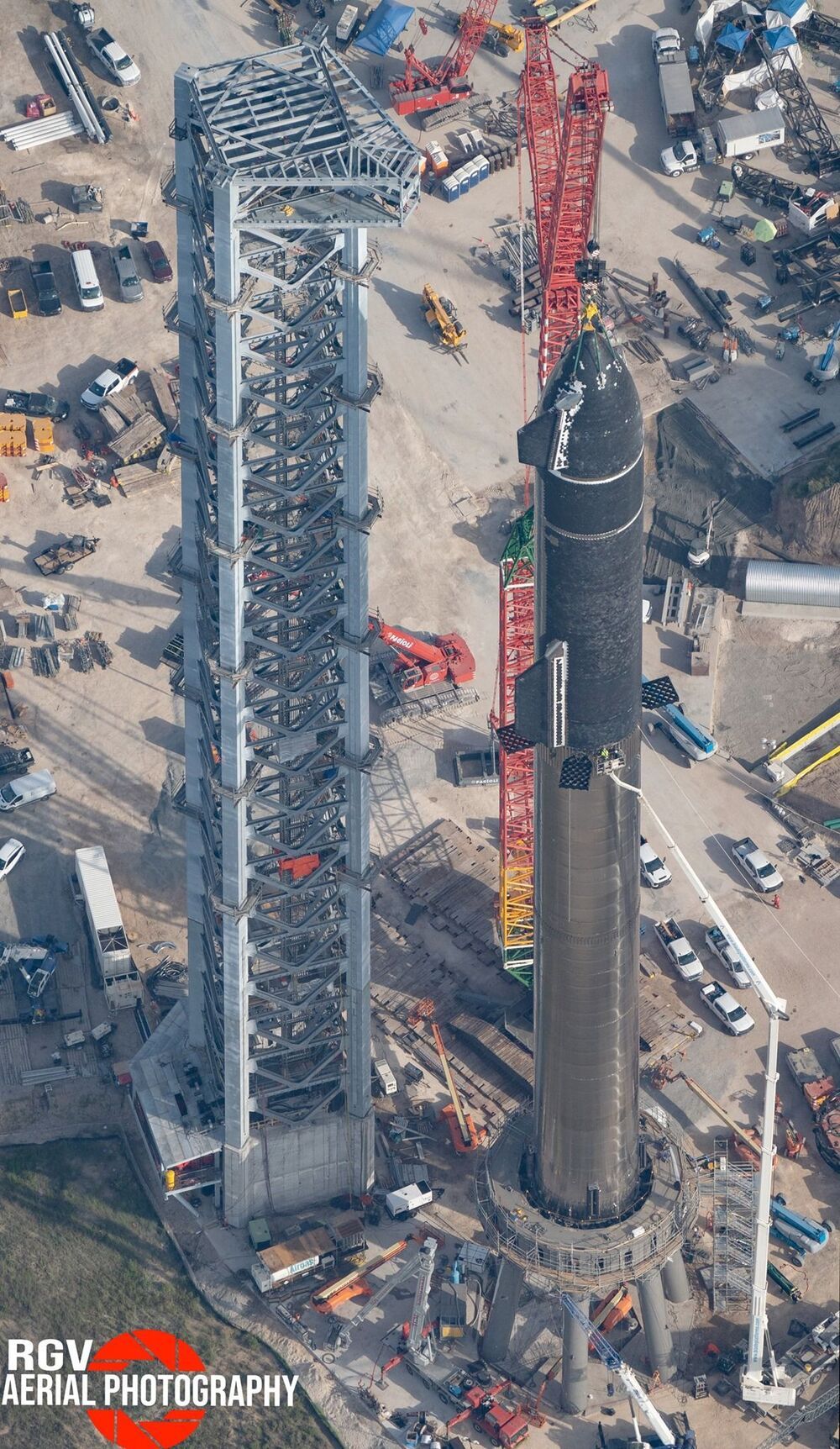
I ran out of superlatives already yesterday — it is just so hard to realize that this is really happening!
Great photo by RGV Aerial Photography!
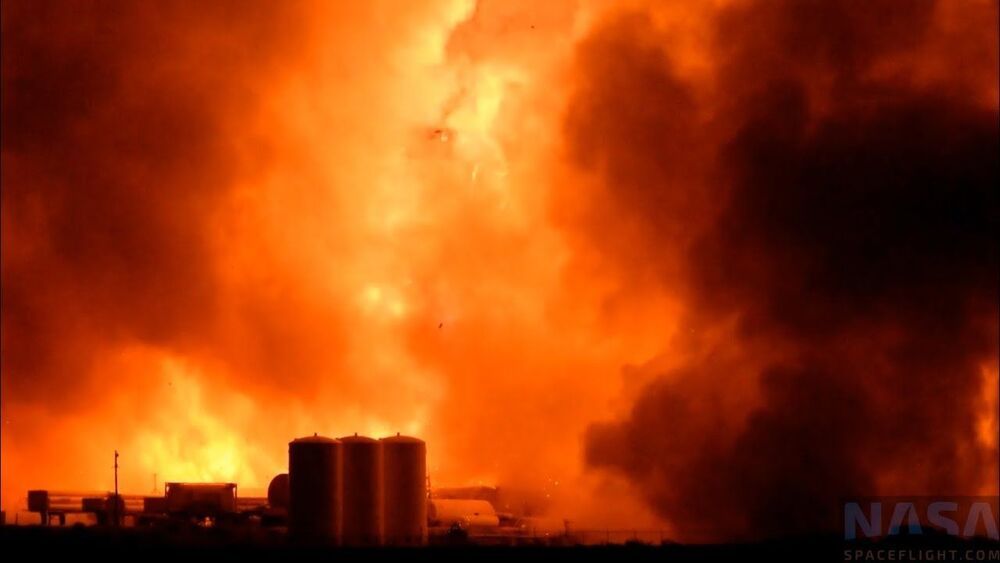
SpaceX’s Starship rocket is gearing up for its most ambitious test yet, and CEO Elon Musk has shared images of the rocket stacked up.